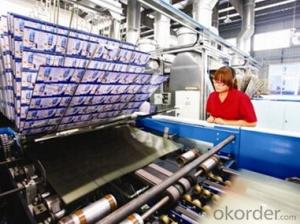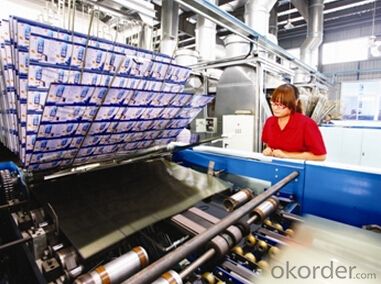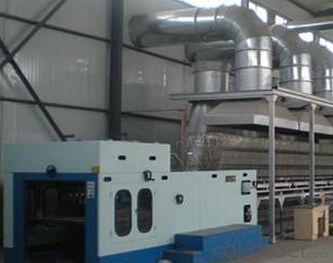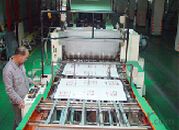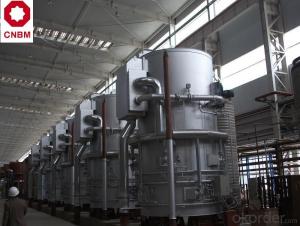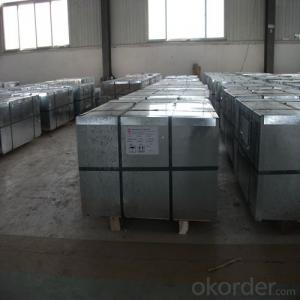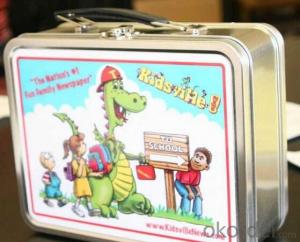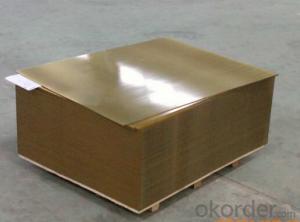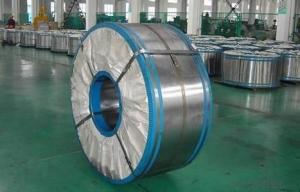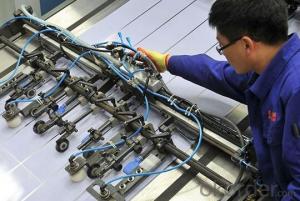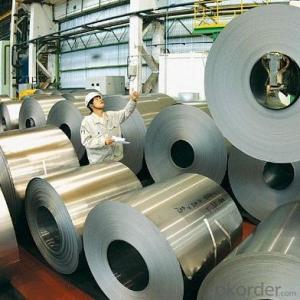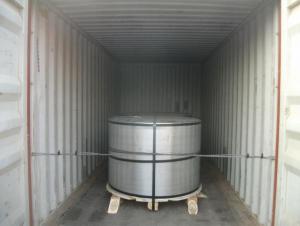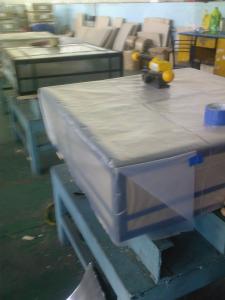Printing Sheet with Pictures for Metal Packaing
- Loading Port:
- China main port
- Payment Terms:
- TT OR LC
- Min Order Qty:
- 25 m.t.
- Supply Capability:
- 30000 m.t./month
OKorder Service Pledge
OKorder Financial Service
You Might Also Like
Printing Sheet with Pictures for Metal Packaing
1. Product Description:
Tinplate and TFS are widely used for making all types of containers such as artistic cans, tea cans, painting cans, chemical package cans and metal printing etc. Its applications are not limited to containers; recently, they have also been used for making electrical machinery parts and many other products.
2. Product Features:
Fully Automatic
Beautiful Appearance
Excellent Paintability & Printability
Excellent Formability & Strength
Excellent Corrosion Resistance
Excellent Solderability & Weldability
3. Product Parameters:
Technical standard | JISG3315 and GB/T24180 - 2009 (BS EN 10202:1990) |
Steel Type | MR / SPCC |
Thickness | From 0.15mm to 0.50mm (Tolerance +/- 0.01mm) |
Width | Normally 600-1050mm (Tolerance +3/-0 mm) |
Coating | Total chromium min 30mg/m2 max 140mg/m2 |
Temper & Annealing | T1-T5, DR7-8, TS230-TH435, T49-T65(+/- 4) |
Surface Treatment | Bright & Fine Stone & Stone & Silver & Matt |
Payment terms | Letter of Credit (L/C), Telegraphic transfer (T/T) |
Price terms | CFR & CIF price term |
Delivery time | Within 60 days after received L/C or T/T down payment |
Packing | High quality shipping packing which contains thin plastic film, rust-proof paper, metal cover, metal angles and strap sand pallet. |
Minimum order Quantity(MOQ) | 25 metric tons (1X 20'' container) |
4. FAQ:
Q1: What is your delivery time?
A: Generally, the delivery time is 70 days after receive the deposit, special specification may take more time.
Q2: What is the payment term?
A: We accept both T/T and L/C. Most customers pay by T/T.
Q3: What kind of after-sevices do you provide?
A: If it is not big problem, we can solve it by emails, phone etc. Or we went to your company to slove it in person.
5. Product Pictures:
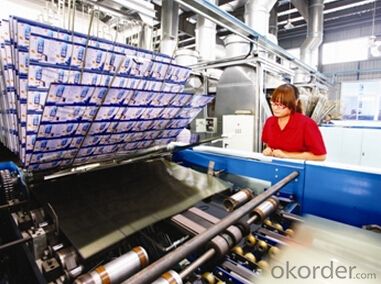

- Q: Is tinplate recyclable?
- Yes, tinplate is recyclable. Tinplate is made from steel coated with a thin layer of tin, and both steel and tin are materials that can be recycled.
- Q: What are the common defects in tinplate?
- Common defects in tinplate include rusting, dents, scratches, pinholes, and uneven coating.
- Q: How is tinplate affected by exposure to chemicals?
- Tinplate is generally resistant to chemical exposure, making it a suitable material for packaging and storage of various products. However, certain aggressive chemicals or strong acids can corrode the tinplate coating over time, potentially compromising the integrity of the container or affecting the quality of the contents. It is important to consider the specific chemicals involved and their concentration when assessing the potential effects on tinplate.
- Q: What are the main differences between tinplate and tinplate laminates in terms of barrier properties?
- Tinplate and tinplate laminates differ in terms of barrier properties primarily due to their composition and structure. Tinplate is a steel sheet coated with a thin layer of tin, which provides excellent corrosion resistance but limited barrier properties against gases and moisture. On the other hand, tinplate laminates consist of a tinplate base combined with additional layers, such as plastic or paper, which significantly enhance the barrier properties. These laminates offer improved resistance against gases, moisture, and light, making them suitable for packaging applications requiring higher protection and preservation of the contents.
- Q: Can tinplate be used for hazardous material packaging?
- Yes, tinplate can be used for hazardous material packaging. Tinplate is a durable and corrosion-resistant material that can effectively contain and protect hazardous substances. Its ability to withstand pressure, temperature variations, and chemical reactions makes it suitable for packaging hazardous materials. Additionally, tinplate is often used for food and beverage containers, which require stringent safety standards, further supporting its suitability for hazardous material packaging.
- Q: What are the different sizes and shapes of tinplate packaging available?
- There are various sizes and shapes of tinplate packaging available, ranging from small tins for individual items such as lip balm or mints, to larger tins for products like cookies or tea. The shapes can also vary, including round, rectangular, or square tins, as well as specialty shapes like heart or star-shaped tins.
- Q: How does tinplate perform in terms of insulation properties?
- Tinplate does not perform well in terms of insulation properties as it is a good conductor of heat and electricity.
- Q: How does tinplate packaging contribute to product tamper resistance?
- Tinplate packaging contributes to product tamper resistance by providing a strong and durable barrier that is difficult to breach without leaving visible signs of tampering. Its rigid nature and secure sealing mechanisms make it difficult for unauthorized access to the product, ensuring the integrity and safety of the contents. Additionally, tinplate packaging often includes tamper-evident features such as seals, breakable caps, or indicators that clearly show if the package has been opened or tampered with, providing a clear visual cue to the consumer.
- Q: Can tinplate packaging be used for pharmaceutical products?
- Yes, tinplate packaging can be used for pharmaceutical products. Tinplate is a durable and chemically resistant material that provides excellent protection against moisture, oxygen, and light, making it suitable for preserving the integrity and quality of pharmaceutical products. Additionally, tinplate packaging can be sterilized and is tamper-evident, ensuring the safety and security of the medication.
- Q: Tinplate why have white and yellow, tin plating should be white ah, yellow is how to return a responsibility?
- Tinplate itself is no color, it is iron color.
Send your message to us
Printing Sheet with Pictures for Metal Packaing
- Loading Port:
- China main port
- Payment Terms:
- TT OR LC
- Min Order Qty:
- 25 m.t.
- Supply Capability:
- 30000 m.t./month
OKorder Service Pledge
OKorder Financial Service
Similar products
Hot products
Hot Searches
Related keywords
